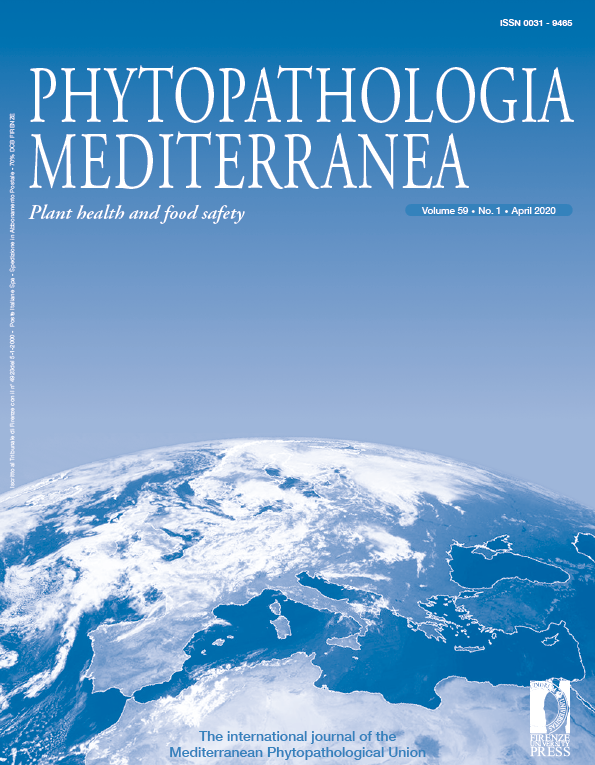Published 2020-03-14
Keywords
- Y136F,
- azole fungicide sensitivity,
- CYP51 gene,
- chasmothecium
How to Cite
Abstract
DNA extraction from minute fungal samples is challenging in all genetic studies. Identification of genetic groups and population biology mostly rely on the laborious production of single conidium isolates or on field samples, including infected plant materials. This paper reports a simple and cost-effective protocol for DNA extraction from individual chasmothecia of Erysiphe necator for subsequent applications. It is a less laborious alternative for genotyping purposes than production and analysis of single conidium isolates or analysis of infected plant material from the field. Using the protocols described here for 186 E. necator samples tested, genetic groups A and B were assigned. Based on CYP51 sequences, all the samples belonged to group B, while TUB2 sequences exhibited SNPs also diagnostic for group A. Additionally, a quantitative real-time PCR detection method of single nucleotide polymorphism in the CYP51 gene associated with DMI fungicide resistance was applied. The A495T marker, associated with DMI resistance, and here reported for the first time from Hungary, was detected by quantitative real-time PCR assays and direct sequencing of CYP51. The methods developed in this study can be applied as routine tests to monitor powdery mildew populations for fungicide resistance and other genetic characteristics.







